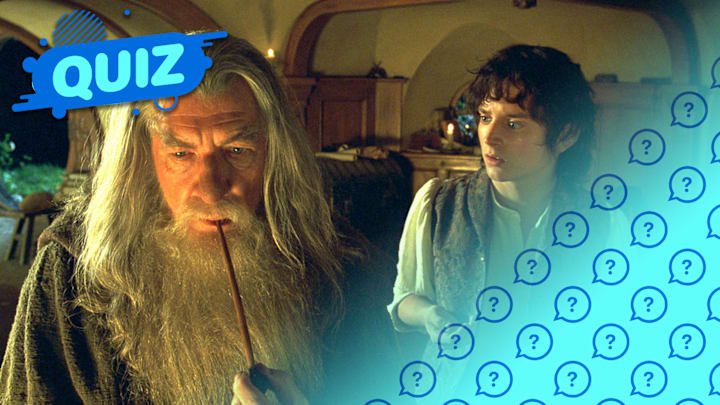The one thing ready-to-assemble furniture store IKEA and J.R.R. Tolkien have in common? Both have a way with words. At IKEA, shoppers can browse aisles full of products with charming Swedish labels like the BESTA storage system. In The Lord of the Rings, readers are introduced to fanciful names for the inhabitants of Middle-earth. And occasionally, you might have trouble telling the difference.
See if you can spot which of these names belongs to IKEA inventory and which might have crossed paths with Gollum.
It’s not hard to understand why Tolkien conjured up fantastical names for his fantasy epic: It’s practically a requirement of the genre. Tolkien was also a philologist, or language historian. But why does IKEA adopt them? According to company lore, founder Ingvar Kamprad had dyslexia and found it difficult to keep up with products just going by their numerical identities—item 1234, for example—so he used Swedish nouns instead.
Many of IKEA’s products adhere to a naming convention. Bath products are often named after lakes and rivers, while rugs might be Danish or Swedish place names.
Incidentally, Tolkien’s favorite piece of furniture may have been the writing desk his wife, Edith, bought for him as a gift in 1927; he wrote all of The Hobbit on the desk, as well as significant parts of The Lord of the Rings. When Edith died in 1971, Tolkien sold it and donated the proceeds to charity.
